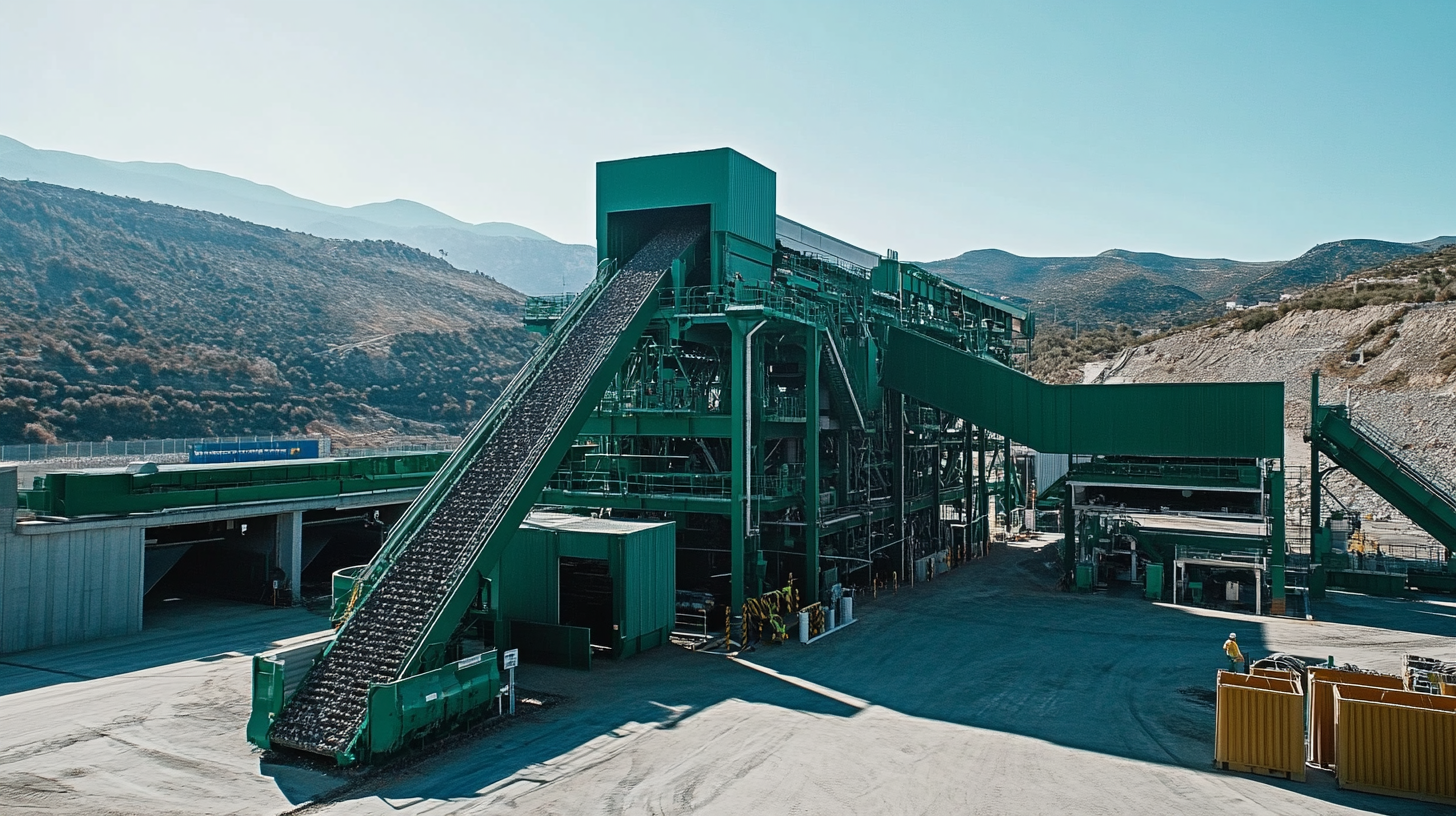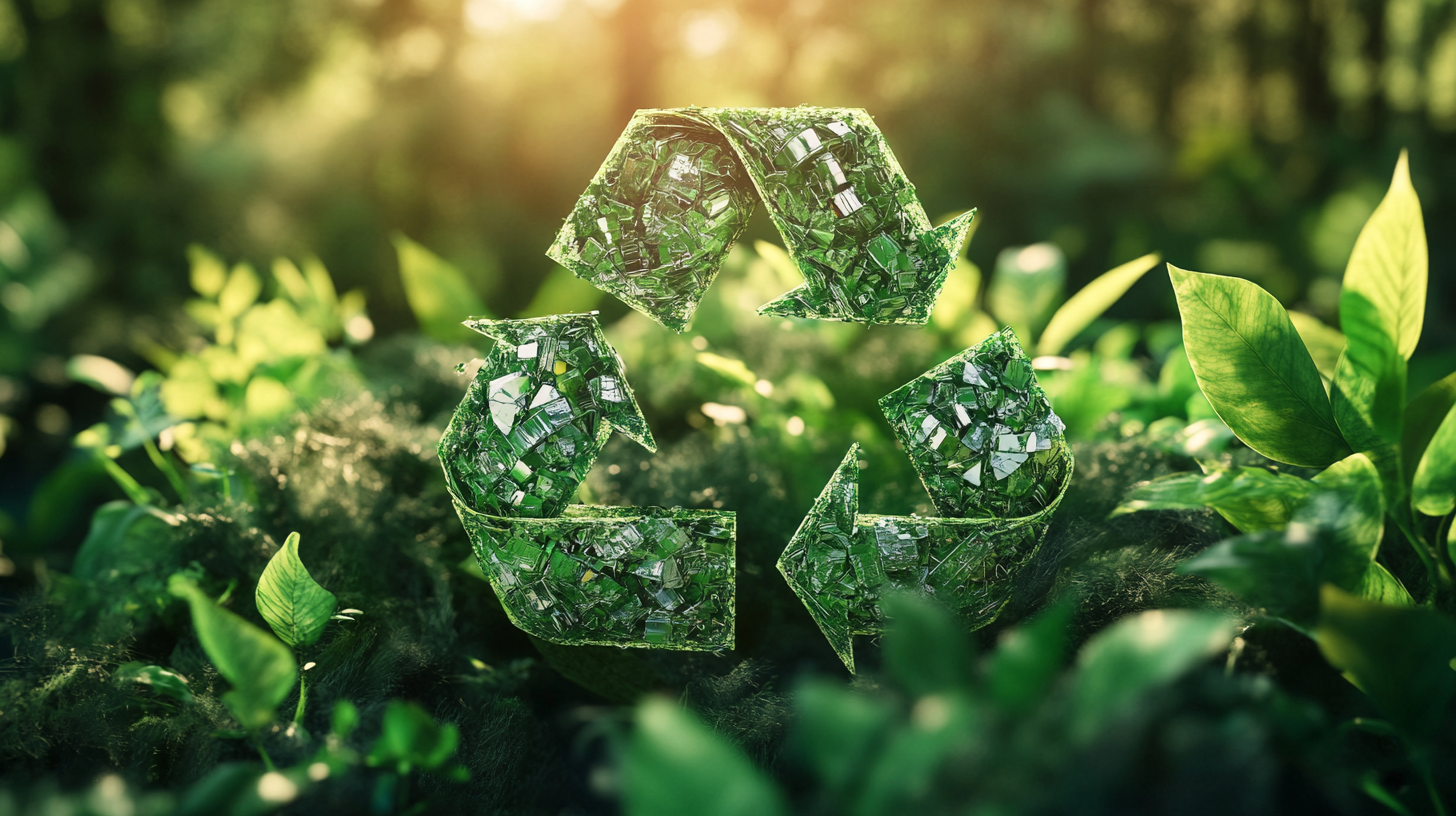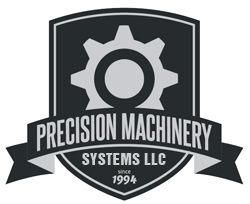The Evolution of Recycling Machinery in a Sustainable World
In recent years, the world has witnessed a significant shift towards sustainability, with the management of waste and recycling becoming more critical than ever. At the heart of this movement lies recycling machinery, which has evolved dramatically to meet the increasing demands for efficiency and environmental responsibility. From the early days of manual sorting to today’s advanced automated systems, the transformation of recycling machinery reflects not just technological advances but also a growing awareness of our ecological footprint. This blog will explore the evolution of these essential tools and their role in fostering a more sustainable future.
As we delve into the history of recycling machinery, we will uncover how innovations have paved the way for more effective resource recovery and waste reduction strategies. The development of cutting-edge technologies, such as artificial intelligence and machine learning, has revolutionized the recycling industry, enabling machinery to sort, process, and recycle materials with unprecedented accuracy and speed. This evolution not only enhances operational efficiency but also contributes significantly to our global sustainability goals. Join us as we examine the journey of recycling machinery and its vital contribution to creating a cleaner, greener world.

The Historical Development of Recycling Machinery: Key Milestones in Technology
The historical development of recycling machinery has been pivotal in shaping sustainable practices across industries. In the mid-20th century, the emergence of the first sophisticated recycling equipment marked a significant turning point. By the 1970s, the introduction of hydraulic balers and shredders transformed how materials were processed, allowing for more efficient separation and collection. According to the U.S. Environmental Protection Agency, recycling rates in the early 1970s hovered around 6.6%, but with advancements in machinery, this figure soared to 35% by 2018.
The evolution continued into the 21st century with the integration of automation and AI technologies. Modern recycling facilities now leverage advanced sorting systems that can identify and separate materials with remarkable precision. A report by the National Recycling Coalition highlights that these innovations can improve processing efficiency by up to 50%, significantly reducing operational costs and energy consumption. Furthermore, the development of mobile recycling units has made it possible to bring recycling capabilities to remote areas, embracing a circular economy where waste is minimized and repurposed.
The growth of e-waste recycling machinery illustrates another key milestone. As electronic waste has become one of the fastest-growing waste streams globally, machinery designed to handle this specific waste effectively emerged. According to the Global E-Waste Monitor 2020, an estimated 53.6 million metric tons of e-waste was generated in 2019, with recycling rates falling short at 17.4%. The advancement of specialized e-waste recycling machines, equipped with hazardous material separation technologies, is essential in addressing these challenges and ensuring proper resource recovery.
The Evolution of Recycling Machinery in a Sustainable World
| Year | Milestone | Technology | Impact |
|---|---|---|---|
| 1855 | First Recycling Center Established | Manual Sorting | Laid the foundation for organized recycling efforts. |
| 1930 | Invention of the First Mechanical Shredder | Mechanical Shredding | Significantly improved the processing of recyclables. |
| 1970 | Introduction of Automated Sorting Systems | Optical Sorting | Enhanced efficiency in separating different materials. |
| 2000 | Launch of AI-Powered Recycling Systems | Artificial Intelligence | Revolutionized sorting capabilities leading to higher rates of recycling. |
| 2020 | Adoption of Blockchain for Recycling Transparency | Blockchain Technology | Increased accountability and traceability in recycling processes. |
Innovative Materials and Designs: Shaping Modern Recycling Machines
In recent years, the design and functionality of recycling machinery have evolved significantly, aligning with the push for sustainability. Innovations in materials, such as the closed-loop recycling of polyurethane seat foam by JLR, exemplify this evolution. This breakthrough not only minimizes waste but also ensures that materials from used vehicles can be repurposed effectively. By implementing advanced recycling technologies, the automotive industry moves toward a circular economy where resources are continually reused rather than discarded.
The shift towards sustainable designs extends beyond the automotive sector. Advanced recycling processes are revolutionizing how we handle plastic waste, converting it back to its molecular building blocks. These materials are then repurposed to manufacture new plastics, reducing the demand for virgin materials and the environmental impact associated with their extraction. According to recent industry reports, adopting such advanced recycling technologies could potentially recycle up to 90% of plastic waste, underscoring the critical role of innovative machinery in achieving sustainability goals.
As industries grapple with the challenges of fast fashion and environmental degradation, efficient recycling systems become increasingly vital. With estimations that around 92 million tons of textile waste are generated annually, incorporating effective recycling technologies is essential. Modern recycling machines featuring innovative designs ensure that old garments can be processed into new materials, drastically reducing the carbon footprint of the fashion industry and contributing to a more sustainable future. By driving advancements in recycling machinery, we pave the way for a greener, more responsible world.

The Role of Automation in Enhancing Efficiency of Recycling Processes
The integration of automation in recycling processes is revolutionizing the industry, particularly in tackling emerging challenges such as the recycling of lithium-ion batteries (LIBs). As the demand for these batteries surges, driven by the electric vehicle market and renewable energy storage, the need for efficient, safe, and environmentally friendly recycling methods has never been more critical. Automation not only streamlines the handling and processing of these batteries but also enhances safety measures by reducing human exposure to hazardous materials. Innovations such as robotic arms and AI-driven sorting systems are now central to managing the complicated components of LIBs, transforming recycling from a manual struggle into a precise science.
In the broader realm of waste management, automation and artificial intelligence are redefining traditional asset disposal practices, particularly in IT asset disposition (ITAD). Businesses are now able to leverage automated systems that ensure compliance with environmental regulations while maximizing the recovery of valuable materials. This shift not only reduces costs but also minimizes waste, contributing to a more sustainable approach to resource management. Automation empowers companies to maintain transparency and traceability in their disposal operations, ultimately fostering a circular economy.
The future of car recycling is similarly impacted by advancements in technology. As vehicles become more complex, powered by sophisticated electronics, the role of automation becomes increasingly vital. Robotic systems are leading the charge in dismantling and recycling electronic waste, ensuring that valuable materials are recovered efficiently while minimizing environmental impact. The combination of AI and robotics is set to enhance operational efficiency, making recycling operations faster and more reliable. By harnessing these technologies, the recycling industry is not only adapting to current demands but also paving the way for a more sustainable future.

Environmental Impact: How Advanced Machinery Supports Sustainable Practices
The landscape of recycling machinery has undergone remarkable transformations, especially in the context of sustainable practices. Advanced machinery plays a pivotal role in minimizing environmental impact by enhancing the efficiency and effectiveness of recycling processes. According to a recent report from the Environmental Protection Agency, recycling and composting prevented the release of approximately 186 million metric tons of carbon dioxide equivalent into the air in 2018, showcasing the significant contribution of improved machinery in supporting sustainability efforts.
Companies such as John Deere are at the forefront of integrating precision agriculture solutions that align with sustainable practices. Their innovative technologies allow farmers to optimize resource use, reduce waste, and increase productivity. For instance, through the use of advanced machinery, agricultural waste can be repurposed as a resource for energy production or composting, further enhancing environmental sustainability.
Moreover, the incorporation of green materials and technologies in civil engineering projects complements the advancements in recycling machinery. A study by the American Society of Civil Engineers highlighted that utilizing recycled materials can reduce construction waste by up to 30%, underscoring the importance of evolving technologies in reinforcing sustainable practices across various industries. Now, more than ever, it is crucial to leverage these advancements in machinery to foster a more sustainable future while significantly reducing our ecological footprint.
Future Trends in Recycling Technology: Embracing Circular Economy Principles
The push towards a sustainable world is reshaping the landscape of recycling technology, driven by circular economy principles. As industries become more aware of their environmental footprints, innovative recycling machinery plays a pivotal role in reducing waste and enhancing resource efficiency. For instance, a report by the Ellen MacArthur Foundation highlighted that transitioning to a circular economy could yield a savings of $1 trillion in material costs by 2025, emphasizing the economic viability of sustainable practices.
In areas like London’s Old Oak and Park Royal Development Corporation (OPDC), there's a significant focus on integrating advanced recycling solutions within burgeoning industrial landscapes. This initiative not only promises economic growth but also outlines a framework where circular economy principles are effectively implemented. The region has begun to attract businesses that prioritize sustainability, ensuring that future industrial developments align with responsible production and consumption goals.
Similarly, in the hospitality sector, Jinjiang Hotel Group launched a large-scale project to recycle used linens, showcasing a commitment to resource reduction and sustainability. By implementing strategies that aim for long-term circularity, such as optimizing the lifecycle of materials, they are setting a benchmark for others. As the hydrogen fuel cell recovery market also expands, with projections estimating a market size surge from $468 million in 2020 to $2.7 billion by 2027, it’s evident that industries are increasingly investing in technologies that honor the principles of a circular economy, paving the way for a greener future.
